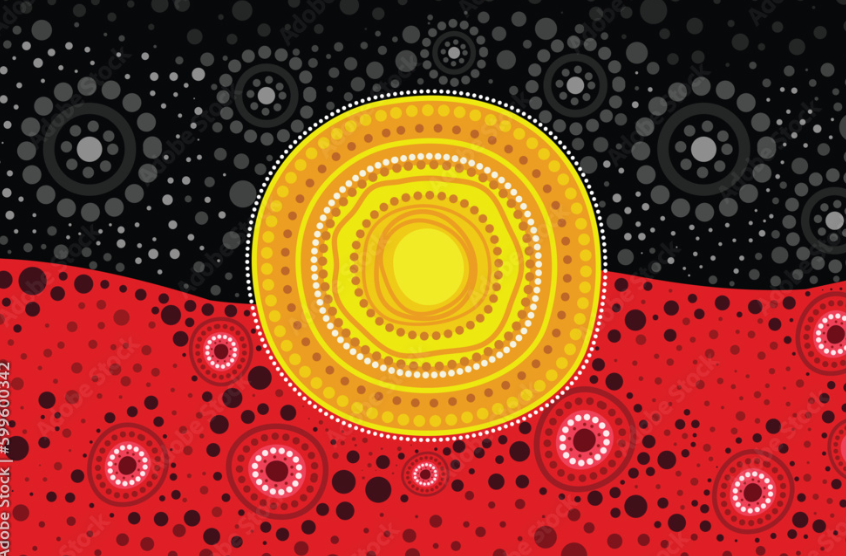
“Naarmcore”: Why are we reducing the history of First Nations People to a fashion aesthetic?
With the rise of social media and fashion trends changing weekly, TikTok has seen the ‘Naarmcore’ aesthetic taking over the streets of Melbourne.
When picturing ‘Naarmcore’ think those bleached designed caps, “Oh! This t-shirt? Sorry it’s vintage” guys, scarves wrapped over heads, baggy cargo pants, jeans and a Crumpler cross-body messenger bag. Picture the suburbs, Fitzroy and Carlton with their fashion markets and $7 lattes.
‘Naarm’ is the original Aboriginal name for Melbourne and the traditional lands of the Wurundjeri people of the Kulin nation. In the Woiwurrung language, ‘Naarm’ meaning ‘place’ signifying the importance for the language groups of the five Aboriginal clans of the Kulin nation; Wurundjeru, Boonwurrung, Wathaurrung, Taungurung and Dja DjaWrung.
These lands extend from the Great Dividing Range to the northern shores of Port Phillip Bay as well as the Werribee river, Dandenong Ranges and Yarra Ranges.
Ell Casey a proud Gamilaroi individual currently lives and works in Naarm and is confused and frustrated about the rise in ‘Naarmcore’ “To me it’s really just a perpetuation of the ongoing ignorance that white people have about the land they’re living on and the cultures they’ve been profiting off for generations.”
Using Aboriginal language to describe a trending fashion aesthetic dismisses the history and depth of Aboriginal culture and practices.
“If ‘Naarmcore was about learning about the people who tended to Country and involving yourself in tending to country and community, learning about Lore, I think that would’ve been really cool. But it’s not about that. It’s about fast fashion and ugly shoes.”
This ignorance towards Indigenous place names and trends is harmful in many ways. “These people are so unaware that often I don't think they realise that they’re just continuing a cycle of ignorance and violence.”
This trend creates a tone-deaf understanding of Aboriginal culture highlighting the gentrification of minority spaces under the false pretence of solidarity.
For Ell, instead of engaging with these trends, we should be educating ourselves.
“Read First Nations works, educate yourself about the land that you live on and the Traditional owners of those lands. Donate your money if you can, donate your time if you can’t”
“Don’t tell us what we should be doing or saying or thinking to make things better for us. Listen, internalise, and step up for us and with us.”
Post a comment